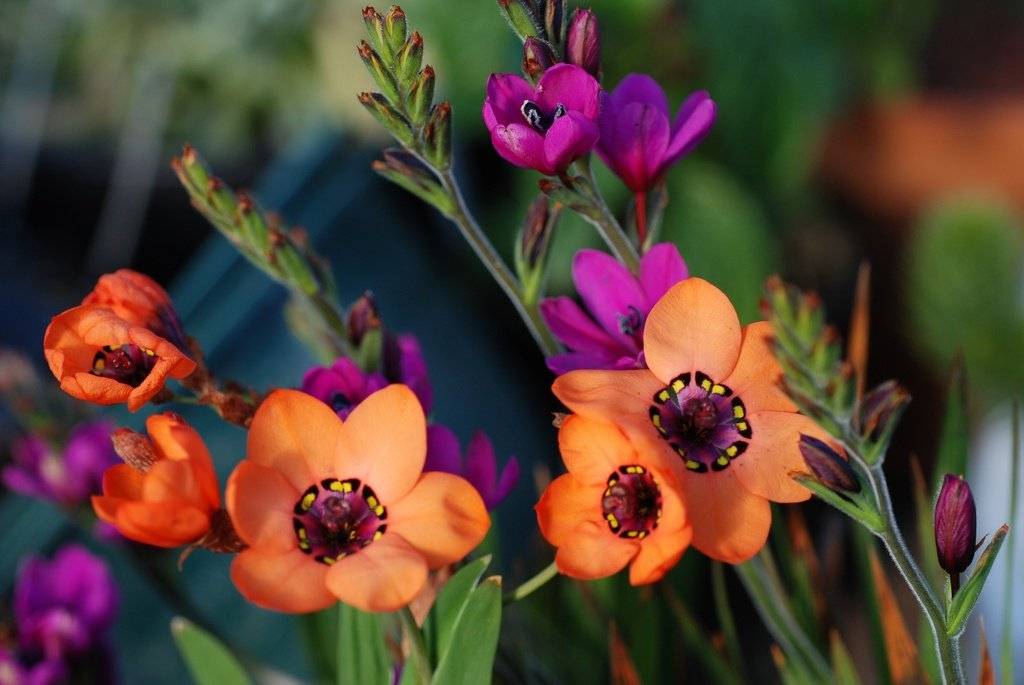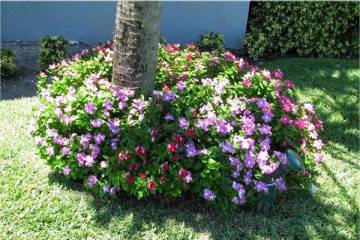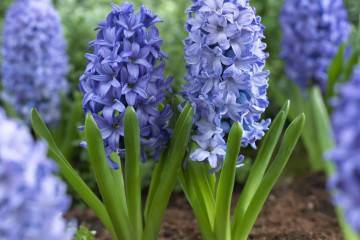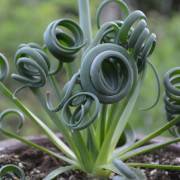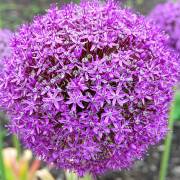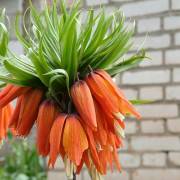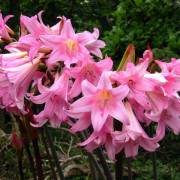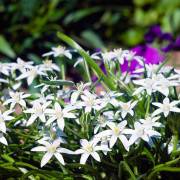Sparaxis planting and care in the open field
Content:
Recently, flower growers have begun to use exotic plants in their garden plots more often. The sparaxis flower is just one of them. It has lush, bright buds that can be of various shades. This native of African countries is used in the formation of landscape design. But in order for it to actively grow and bloom, it is necessary to provide proper care for the plant. In order for sparaxis to feel comfortable at home, it needs to be provided with conditions that are as close to natural as possible.
Sparaxis: main characteristics
Sparaxis is a perennial flower belonging to the bulbous deciduous varieties. It has lanceolate leaves that can grow up to 1 m long. The wild species is native to South Africa. Also in vivo, the flower grows in California.
Horticultural crops are highly immune to disease. She tolerates winter well in warm regions and likes areas with a lot of sunlight.
Classification of species
There are several types of sparaxis. It is sometimes difficult for inexperienced gardeners to distinguish one from the other. Therefore, you should know the main characteristics of the most commonly used forms of garden culture.
Tricolor, or tricolor
Reaches a height of 40 cm. The buds form inflorescences of 5-7 pcs. The leaf plates are xiphoid. The petals can be two-color or one-color with a dividing border in black.
Elegant
The dwarf species reaches a height of no more than 15 cm. Flowers can be white or orange. The most popular is Sparaxis Mix. It is a mixture of varieties with different colors of buds.
Bilbeefer
A large bush, reaching a height of 60 cm. Flowers form delicate inflorescences, can have a yellow, white or cream shade. The bud grows up to 60 mm in diameter.
Grandiflora
The tallest species. It has large white, purple or yellow buds.
Most popular varieties
The most popular among florists are the following varieties:
- Bilbifer - a plant with tall inflorescences and white or yellow buds;
- graceful - a dwarf bush with yellow or orange buds;
- Superba is a small plant with star-shaped buds, yellow, orange or purple petals and a contrasting core;
- The Lord of Fire is a species with scarlet petals and a black core;
- Tricolor Mix is a flower with buds of various shades, a contrasting core and a border separating them;
- Grandiflora is a tall variety with dark green leaves and buds of white, purple, lilac shades;
- Jumbo Star Mix is a shrub with tall stems and colorful buds, often used in landscaping;
- striped - bright orange petals stand out against the orange center.
Sparaxis: growing from seed
Growing from seed is a very difficult and time-consuming process. First, they are placed in a box with a peat mixture and left for 30-40 days. When the first shoots appear, they are thinned out. After the seedlings reach a height of 6-8 cm, they can be planted in open ground. Sparaxis grown from seeds will begin to bloom no earlier than 3 years later.
Bulb planting
The most common breeding method is done in the following sequence:
- When the leaves and stems wilt, they are pruned and the bulbs are dug up.
- The base of the tuber is cleaned and placed in a wooden box in a cool place for the winter.
- Before planting, the bulbs are kept at room temperature for several days, then treated with a growth stimulant and placed in open ground.
Sparaxis: planting and care in the open field
Growing and caring for sparaxis in the open field will not be difficult. The flower feels best in the southern regions, the most favorable conditions for its cultivation have been created here. In mild climates, the plant is planted in late autumn. Bulbs covered with a layer of mulch do well throughout the winter.
When planting a flower in the Urals or Siberia, its bulbs must be dug up for the winter and planted again with the onset of warmth.
In any case, in order for the plant to grow well, it needs to provide a sufficiently illuminated area, since it does not like to be in the shade and in drafts.
Watering and spraying
Sparaxis needs regular watering for active growth. On hot days, this should be done at least 3 times a week. Also in the summer it needs to be constantly sprayed in the morning or evening.
Mulching and loosening
Mulching is optional. It is necessary to retain moisture during dry springs or hot summers.
Top dressing
To properly care for sparaxis, it needs regular feeding. For this, during watering, special mineral fertilizers are added at least once a month.
When and how it blooms
Sparaxis flowers can be of various types and shapes. The bracts are split closer to the tips, and the perianth tube is funnel-shaped. The buds are most often star-shaped.
Sparaxis bloom, depending on the timing of planting, occurs from May to August. At this time, the following procedures should be carried out:
- remove faded buds;
- feed the plant and loosen the soil;
- weeding and mulching regularly.
Post-flowering care
After the end of the flowering period in temperate climates, the bulbs of the plant are dug up for the winter. To do this, perform the following actions:
- In the fall, the tubers are removed from the ground.
- It is dried and, when the aerial part is dry, it is removed.
- Send the bulbs for storage in a box with sawdust or straw.
Possible problems
Although the plant is quite capricious, problems in growing arise most often due to improper care. The main cause of fungal diseases is too frequent watering. To avoid them, it is necessary to control the amount of moisture and regularly treat the bush with fungicides.
When aphids or spider mites appear on a flower, the bush is treated with soapy water and insecticides.
Despite the fact that sparaxis is a demanding plant, it is popular with gardeners for its unusual and vibrant appearance. With proper care, the flower will become a real decoration of the garden area.
